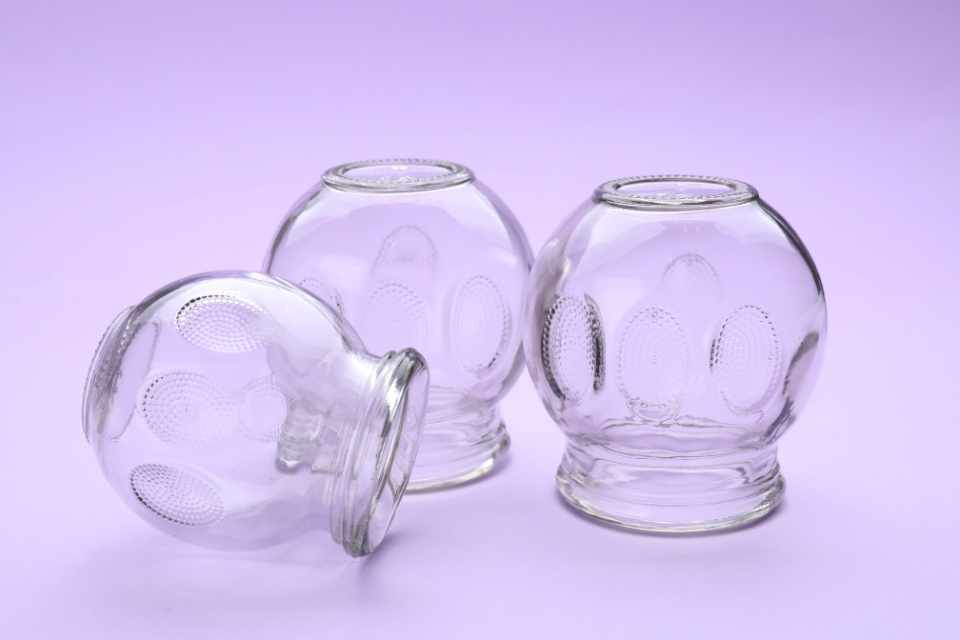NSAIDs or non-steroidal anti-inflammatory drugs are back in the news. A British Medical Journal article says all NSAIDs increase heart attack risk. The report also states that the risk is highest in the first month of use and higher doses. Of course, the danger for an individual may be small. Yet, it is still bad news if you take these medicines regularly. So, in this article, I want to discuss some natural alternatives to NSAIDs such as herbal medicines.
What are NSAIDs?
These drugs are common and widely available. Some are prescription-only; others are available over the counter. They are used for relief of pain, to reduce inflammation or to lower a fever. People take them for joint or muscle pain, sprains and strains. Or to relieve migraine and headaches, period pain or toothache.
Some examples of NSAIDs and their trade names
- aspirin
- ibuprofen, brufen, advil, nurofen
- diclofenac, voltaren
- celecoxib, celebrex
- mefenamic acid, ponstan
- naproxen, naprosyn
- indomethacin, indocin
- sulindac, clinoril
- piroxicam, pirox, feldene
Unfortunately, the side effects of these drugs are common. So, not only do we have the new findings. But, studies show that nearly all NSAIDs cause damage to the stomach and gut. They are promoting a leaky gut, bleeding, inflammation and ulceration. With thousands of people hospitalised every year with these complications.
The newer drugs cause less harm to the gut. Yet, they cause more cardiovascular problems such as stroke or heart attack.
Alarmingly, another study suggests that 10% of kidney failures every year are due to the overuse of NSAIDs.
Other studies suggest that NSAIDs may promote cartilage and joint destruction. Thus, they are causing the symptoms they are supposed to treat.
Certain groups of people are at greater risk:
- people over age 65
- pregnant or breastfeeding mothers
- people with allergies or asthma
- previous NSAID allergy
- previous stomach ulcers
- history of heart, circulation or blood pressure problems
- history of liver or kidney problems
What are the natural alternatives to NSAIDs?
There are guidelines to minimise the chance of side effects. These recommend using NSAIDs at the lowest effective dose. And for the shortest possible time. But what are the options if you have a chronic and painful condition?
Osteoarthritis is a chronic and degenerative condition. It involves joint pain and inflammation. There is also loss or damage to the cartilage surfaces and changes to the bone structure. Affected joints are stiff, and movement is often restricted. Osteoarthritis is a condition that causes a lot of disability and reduces the quality of life. Yet conventional medicine is unable to halt its progression. Generally, the aim is to decrease symptoms and pain. But, NSAIDs do not reverse the condition. So, many people end up having steroidal joint injections or joint replacement.
So, is there any evidence of safe and effective alternatives to using NSAIDs?
The following alternatives are, according to scientific studies, safe and effective treatments or strategies for osteoarthritis. They are mostly related to osteoarthritis of the knee. Since this condition creates much disability and there are plenty of studies available.
1. Diet – balance your fatty acids
It might surprise you to hear that certain foods can affect the amount of inflammation in your body. Most people have a high ratio of omega-6 to omega-3 fats in their diet, increasing inflammation. Increase the amount of omega-3 fats in your diet to reduce systemic inflammation.
Rich sources of omega-3 fatty acids are cold-water fatty fish. These include trout, sardines, mackerel and salmon. Other sources include nuts such as macadamias and walnuts.
Omega-3 fatty acids in fish oil lower inflammation and reduce cartilage destruction. In addition, studies show that fish oil supplements, especially EPA, may reduce the need for NSAIDs.
Have cold-water fatty fish twice a week, and supplement with omega-3 fatty acids EPA and DHA on the other days.
Avoid rich sources of omega-6 fatty acids. These include processed vegetable oils, like sunflower oil. These promote systemic inflammation.
2. Weight management
Increased weight is directly related to the development of osteoarthritis. While reducing weight can be helpful. It can be a significant factor in preventing or managing arthritis of the knees.
3. Exercise
Regular exercise reduces arthritic pain and improves joint function. But make sure to mix it up. A range of activities provides the most benefit. So, weight-bearing, aerobics and stretching are all necessary. Strengthening the surrounding muscles is vital to stabilise joints. It also prevents muscle weakness that promotes structural damage.
Weight-bearing exercise helps to prevent loss of cartilage and bone. Activities such as yoga that improve flexibility and range of motion also help. Water-based activities such as swimming or pool aerobics are a good option.
Aim for some physical activity on most days. A total of 150 minutes of moderate exercise per week, or 75 minutes of vigorous exercise, is a good guideline. Where possible, more training or higher intensity exercise is more beneficial.
Supplements
4. Bromelain
Bromelain is a protein digesting enzyme, found in the stem and fruit of pineapples. It is available as a dietary supplement. Bromelain relieves osteoarthritis because it is an anti-inflammatory agent with analgesic properties. In fact, there are several studies supporting its use.
This amazing compound is effective for mild to moderate knee osteoarthritis. Reducing pain and stiffness and improving joint function. There was no difference between treatment with diclofenac and bromelain, at 4 weeks. Using 500mg/day bromelain, compared to 100mg/day diclofenac.
A study compared a combination product containing bromelain, with diclofenac. The analysis covers safety, efficacy and tolerability of both treatments for osteoarthritis. Interestingly, the combination product was superior to diclofenac. Therefore, researchers describe this product as suitable for high-risk patients. As well as for daily management of osteoarthritic joint pain.
Yet another trial tested a combination of three natural anti-inflammatory agents. These were bromelain and the herbs turmeric and devil’s claw. The combination reduced pain in acute and chronic osteoarthritis. Researchers declared there were no withdrawals from the trial due to side effects. Suggesting the combination was a safe and efficacious alternative to NSAIDs.
Herbal medicines
Many cases of osteoarthritis respond very well to herbal treatment. I discuss herbs for osteoarthritis here. Yet this condition does tend to need ongoing treatment. With this in mind the following herbs have good evidence of efficacy.
5. Boswellia
Boswellia serrata is probably better known as frankincense. Oral treatment and topical treatments are available. This study compares capsules only with a combination of capsules plus topical use. Researchers report moderate improvement in both groups.
Many of the studies of Boswellia for osteoarthritis are product combinations. Such as this comparison study of standard management of osteoarthritis with commerical product, Movardol. The product contains N-acetylglucosamine, Boswellia serrata and ginger. Over the 6 month study the treatment was well tolerated. What’s more the supplement was found effective for managing moderate knee osteoarthritis.
6. Willow bark
Many people are aware of the connection between aspirin and willow bark. Aspirin is a derivative of a similar compound to one found in willow bark. Interestingly, recent studies have shown only low levels of salicin in willow bark. In fact the amounts are unlikely to be responsible for its medicinal effects.
So, while willow bark does posses potent analgesic and anti-inflammatory effects. In addition, it is a stomach friendly herb. In fact, it causes none of the gastric irritation of aspirin. Yet, it has a tradition of use for pain and osteoarthritis.
7. Pine bark extract
Pycnogenol or pine bark extract improves mild to moderate osteoarthritic symptoms. This study shows it is able to allow the use of lower doses of NSAIDs. Patients took either placebo or 150mg per day of pycnogenol for three months. The treatment group had a significant reduction in pain. While the treatment was well tolerated.
A similar study used a lower dose of 100mg pycnogenol per day. With similar outcomes after three months of treatment. On the whole, the treatment group could walk three times further after three months. Plus they didn’t need to take so many anti-inflammatory drugs.
8. Acupuncture
Acupuncture has been used to relieve pain for thousands of years. Yet it is difficult to produce gold standard research due to the lack of suitable placebo. Still, some studies are available.
In a huge study of electroacupuncture for knee osteoarthritis the treatment results were better than prescription drugs. Treatment was over a minimum of four weeks. Participants had less pain and more joint function. In addition there was a low risk of side effects.
A similar treatment to acupuncture is moxibustion. This treatment involves dried plant material, near the skin surface, at acupuncture points. A recent review of moxibustion treatment for osteoarthritis was compared to sham moxibustion. The treatment group had more reduction in pain. In fact, pain reduction was the same or better than steroid injection or topical drug treatments.
In another study, patients were taught to apply acupressure. Then, they applied self-acupressure for 5 days a week for 8 weeks. For a significant improvement in pain and physical function after 8 weeks.
These studies indicate that there are several possibilities for alternatives to NSAID use. While it is likely that combining some of these treatments will have an even better outcome.
Now, have you tried any alternatives to NSAIDs? Please share your experiences in the comments box.
You might also like:
Why NSAIDs are not the best solution for your arthritis
Nigella sativa and osteoarthritis of the knee
Is a daily low dose aspirin a good idea?








0 Comments